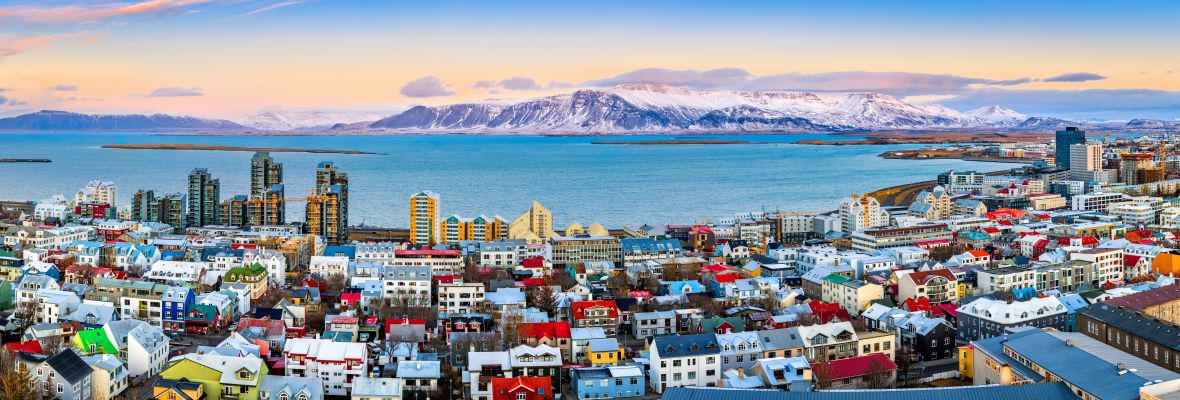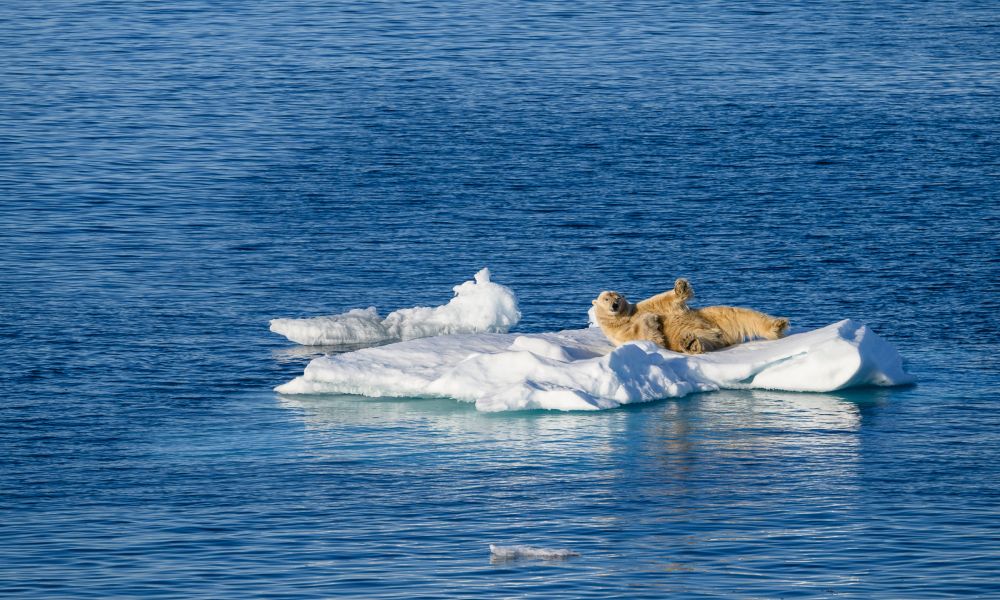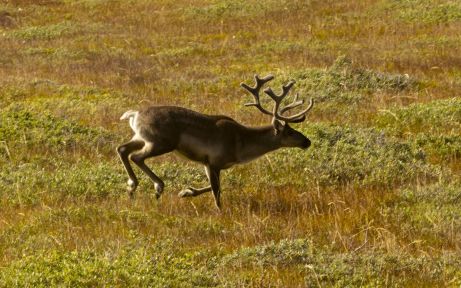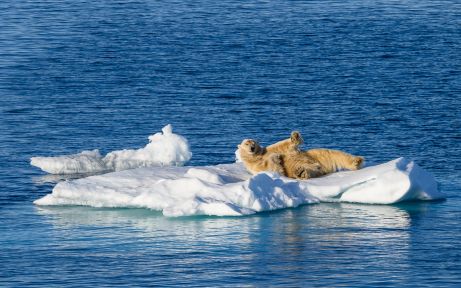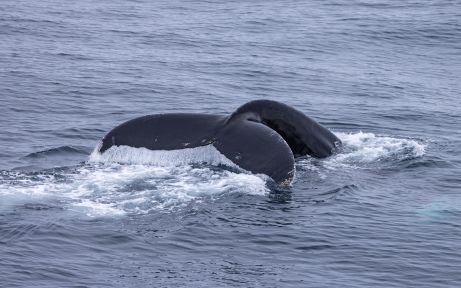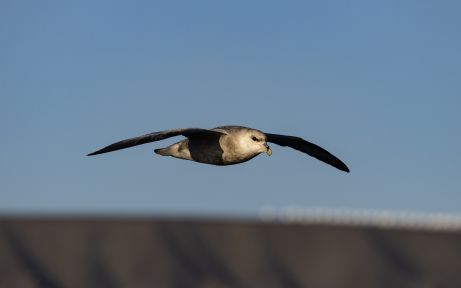Exciting changes are on the way!
As part of our merger with Polar Latitudes, we’re refreshing key elements of our website to reflect this new chapter. Discover more in our latest news update.
Iceland is a land of stark beauty, where volcanic landscapes meet icy fjords and wildlife thrives in some of the most intense environments on Earth.
Despite its harsh climate and rugged terrain, Iceland is home to a surprising variety of wildlife, both on land and in the surrounding waters. From the Arctic fox roaming the highlands to the puffins nesting along the cliffs, Iceland’s wildlife is as unique and captivating as the island itself.
Facts about Nature and Wildlife
- Arctic
- Iceland



